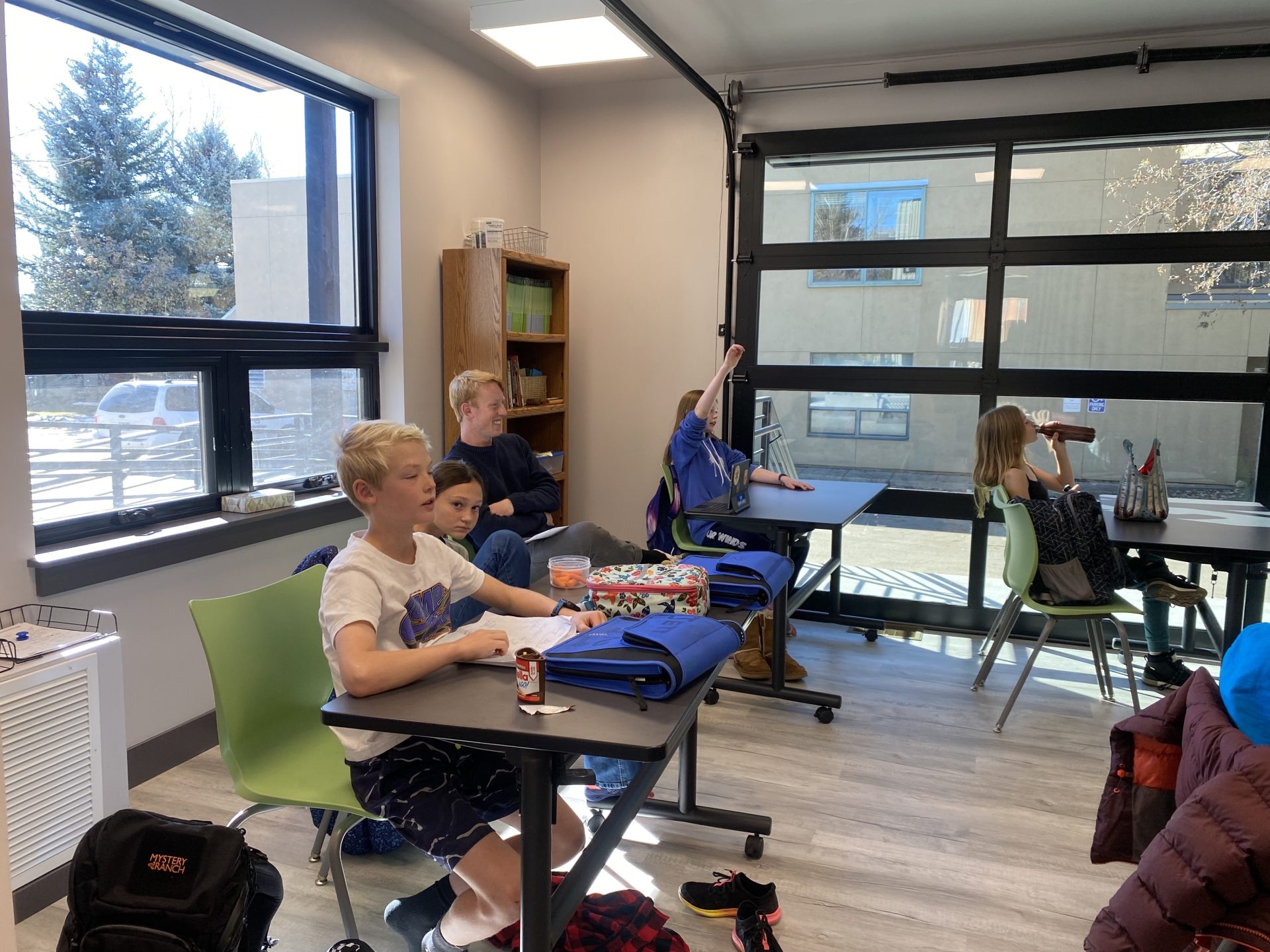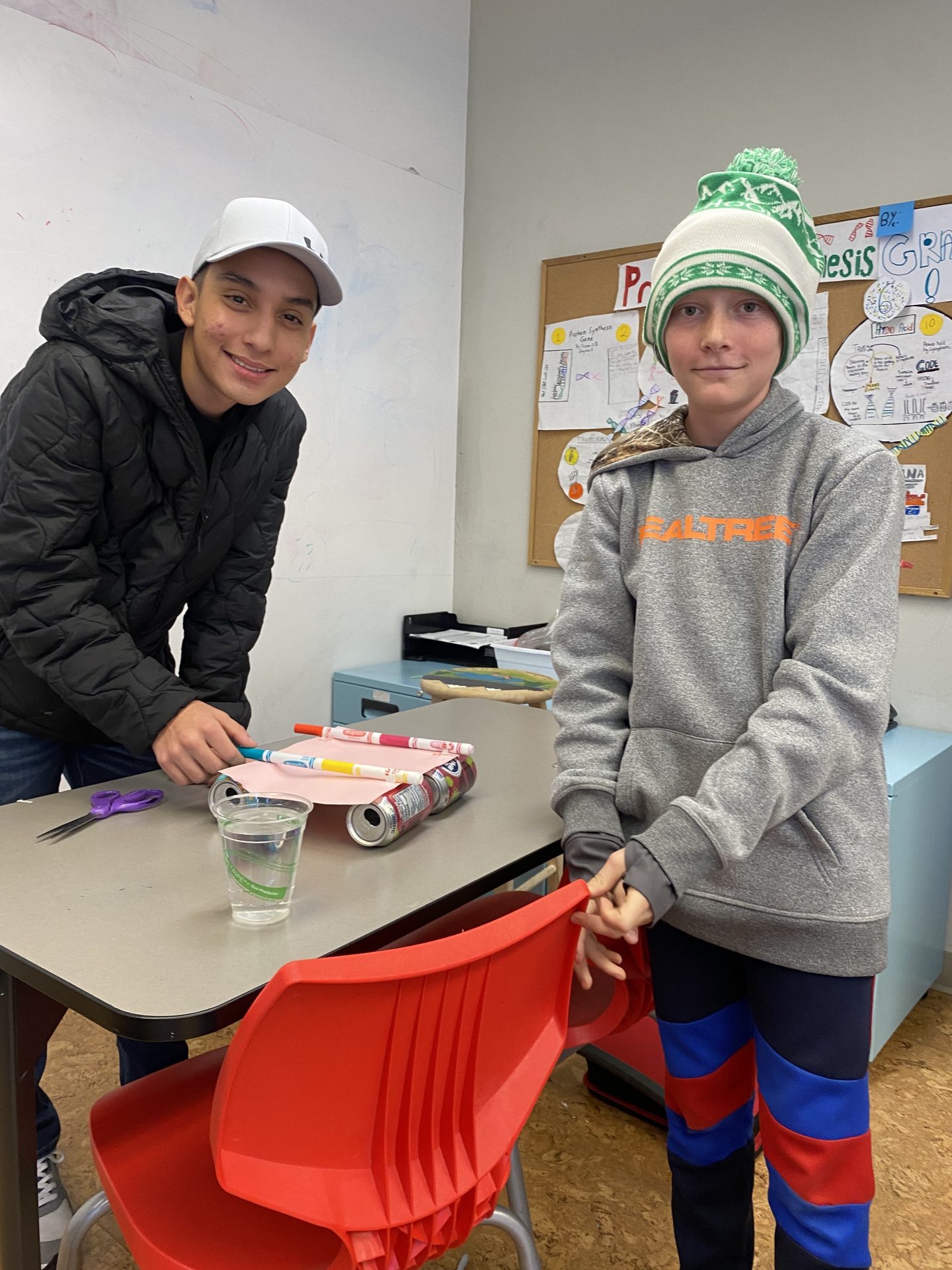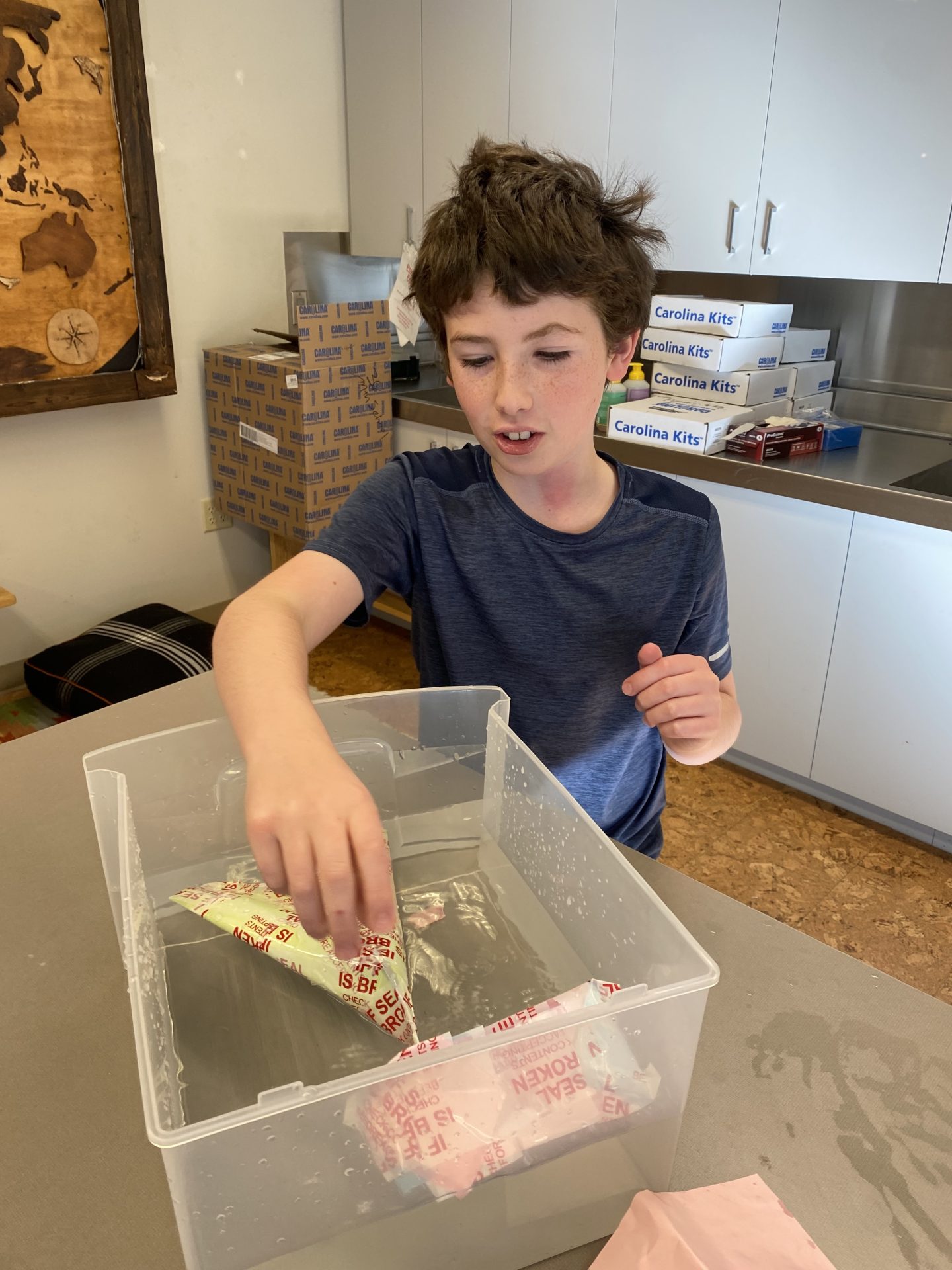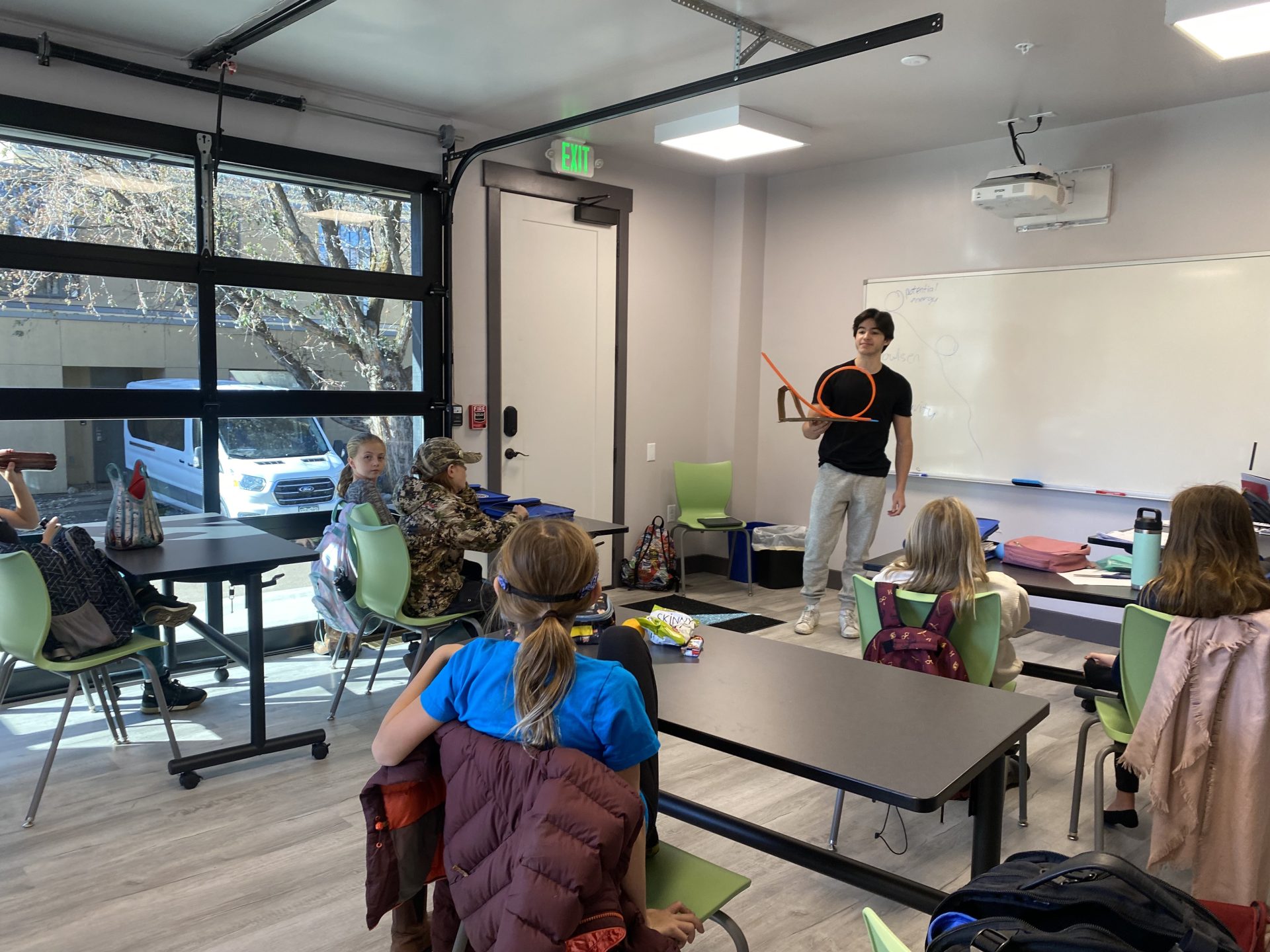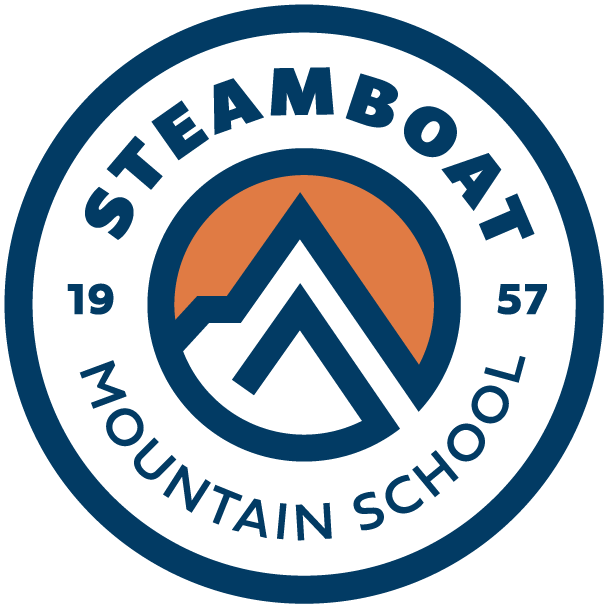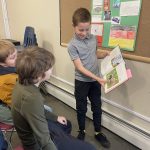Director's Cut
Emerald Connection, November 14th, 2022
By: Greg Friedman, K-8 Director
Steamboat Mountain School is one K-12 learning community with two separate campuses. In the past few weeks, our youngest students visited the high school for Friday in the Fields, Kevin Hopsicker brought his Spanish students down to read to our second graders en español, our 8th graders continued their monthly lunchtime visits to the Mountain Campus, and Emily Spangler brought her Applied Math students down to teach lessons to our Emerald students.
I observed a few of the Applied Math lessons and was struck by their relevance to a key aspect of learning: motivation. Daniel Pink (author of Drive, a book I highly recommend) identifies three key motivators in humans: autonomy, mastery, and purpose. The Applied Math lessons tapped into all three of these.
Each upper school student chose a theme for their lesson that was of interest to them and that they believed would be of interest to our students. Granting the upper schoolers this autonomy is engaging. They were empowered and challenged to take a passion area and find the age-appropriate math in it. This isn’t just a nice add-on. Autonomy affects motivation to learn as it brings the learner and content together. It also impacts the learning, as all learning involves sticking new ideas onto existing learning. Connecting an idea, like unit conversions, to winter weather and snow (as Zoe ‘23 did), makes it more likely to make sense to her, and therefore, to her Emerald students.
The desire to seek mastery is also powerful. Our young students sought to demonstrate their understanding of the lessons. In the grade 3 and 4 class that Katie ‘23 joined, students were working with multiplication and division reasoning, algebraic thinking, and rational numbers. Her lesson brought all three together for students to practice and discuss, deepening their understanding. While the benefit of seeking mastery is obvious for the learner, it is also very powerful for the teachers, our high school students. In order to teach others, one needs to have sufficient mastery to teach the main idea, to understand where and how students might go off track in their learning, and to know how to help them get back on track. Teaching and other performance tasks are great mastery checks because you can tell whether you have succeeded or not by observing the results.
We are motivated by this authentic purpose. You have probably heard, or even voiced, “why do we have to learn this?” Sadly, too much of traditional schooling is divorced from authentic problems to solve and authentic assessment of our solutions. Connecting lessons in math to real-world scenarios and problems can bridge this gap. Math should always be applied. This is not to say that there isn’t inherent beauty and power in math nor is there no value in learning multiplication facts in isolation, but that we should be helping students see how what they have learned can be transferred to their own lives and learning. Students know when they are doing busy work with no purpose. We seek to connect our learning to real-world problems and authentic assessments whenever possible.
Steamboat Mountain School will continue to look for ways to connect the students across the campuses. Not only are these connections motivating, but they serve to strengthen both our community and our learning, a win-win-win situation!
